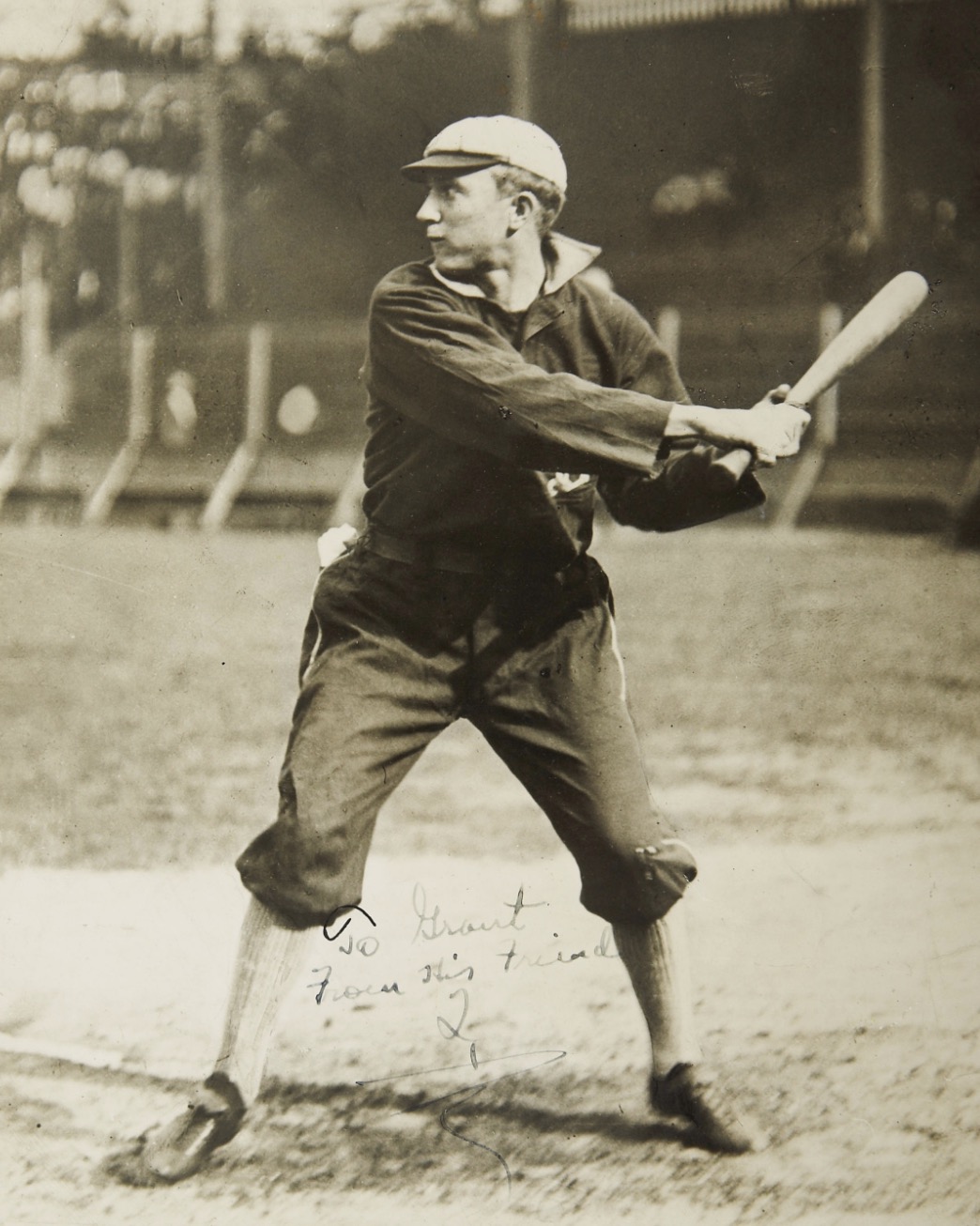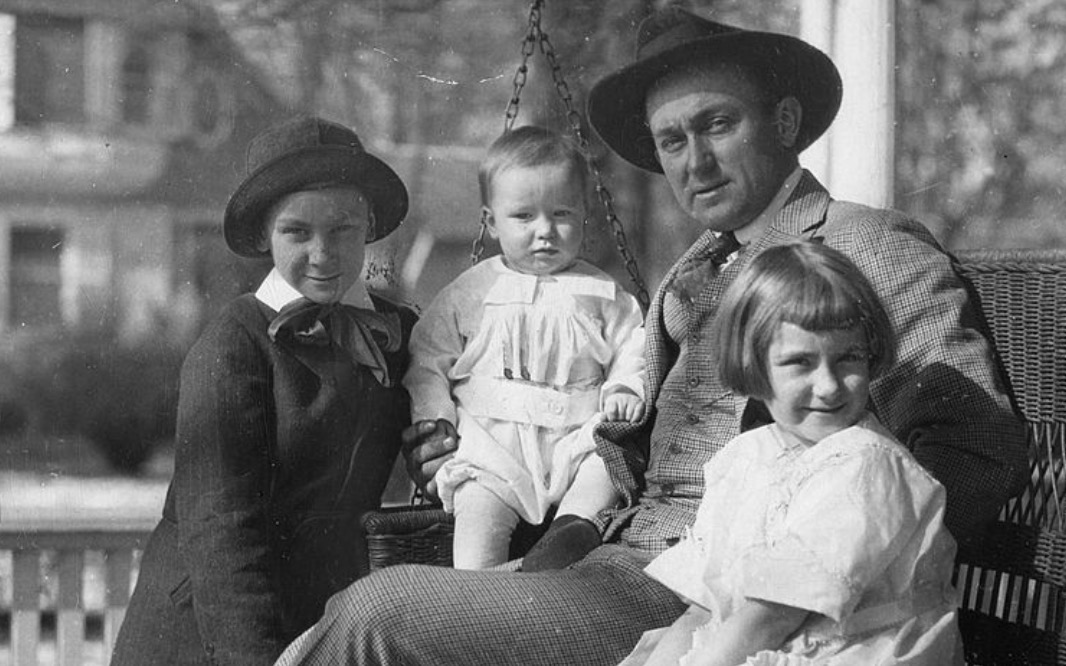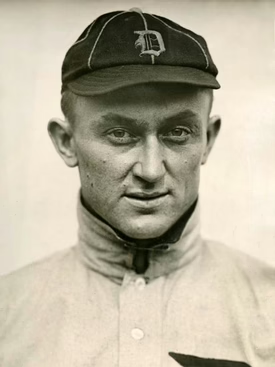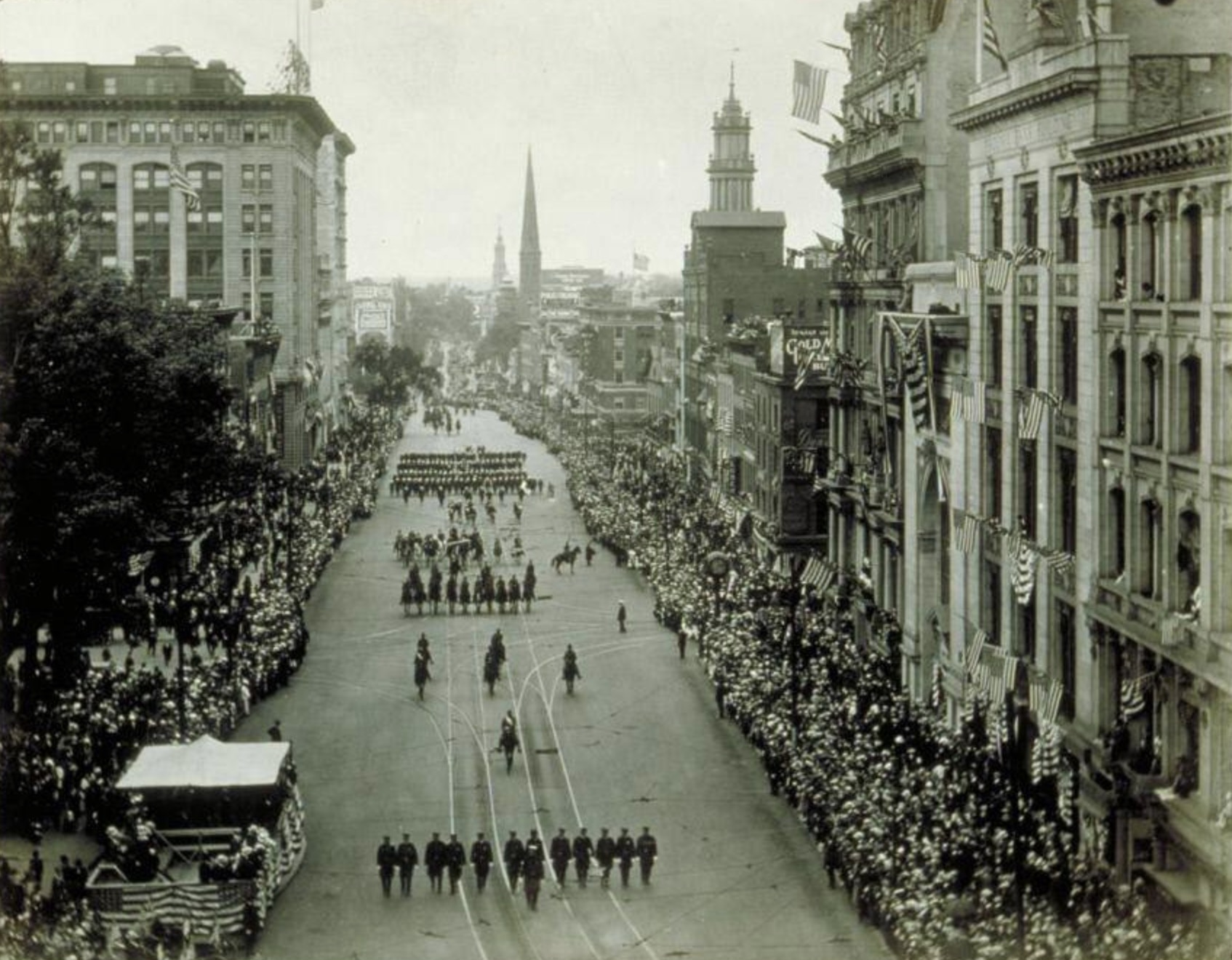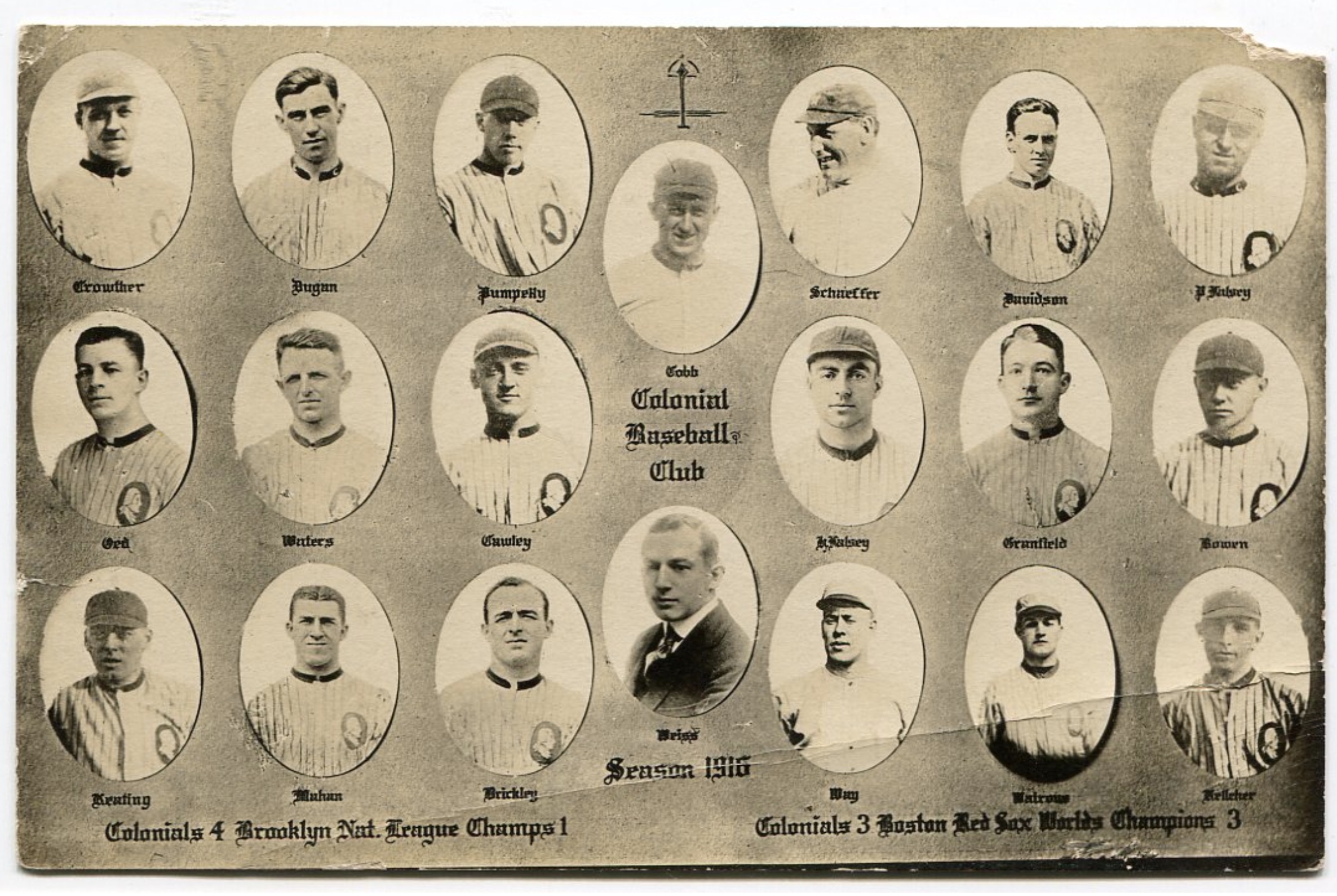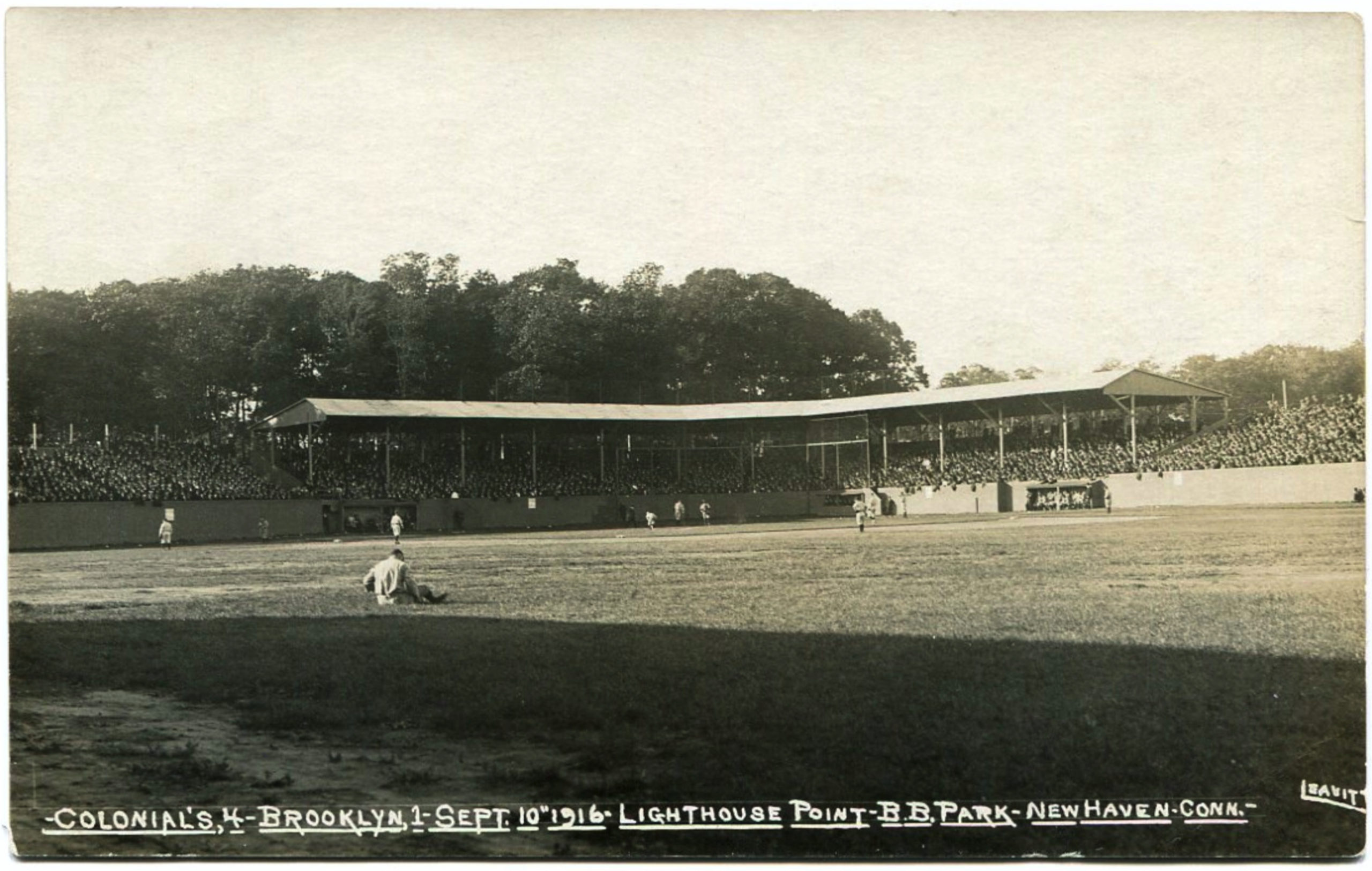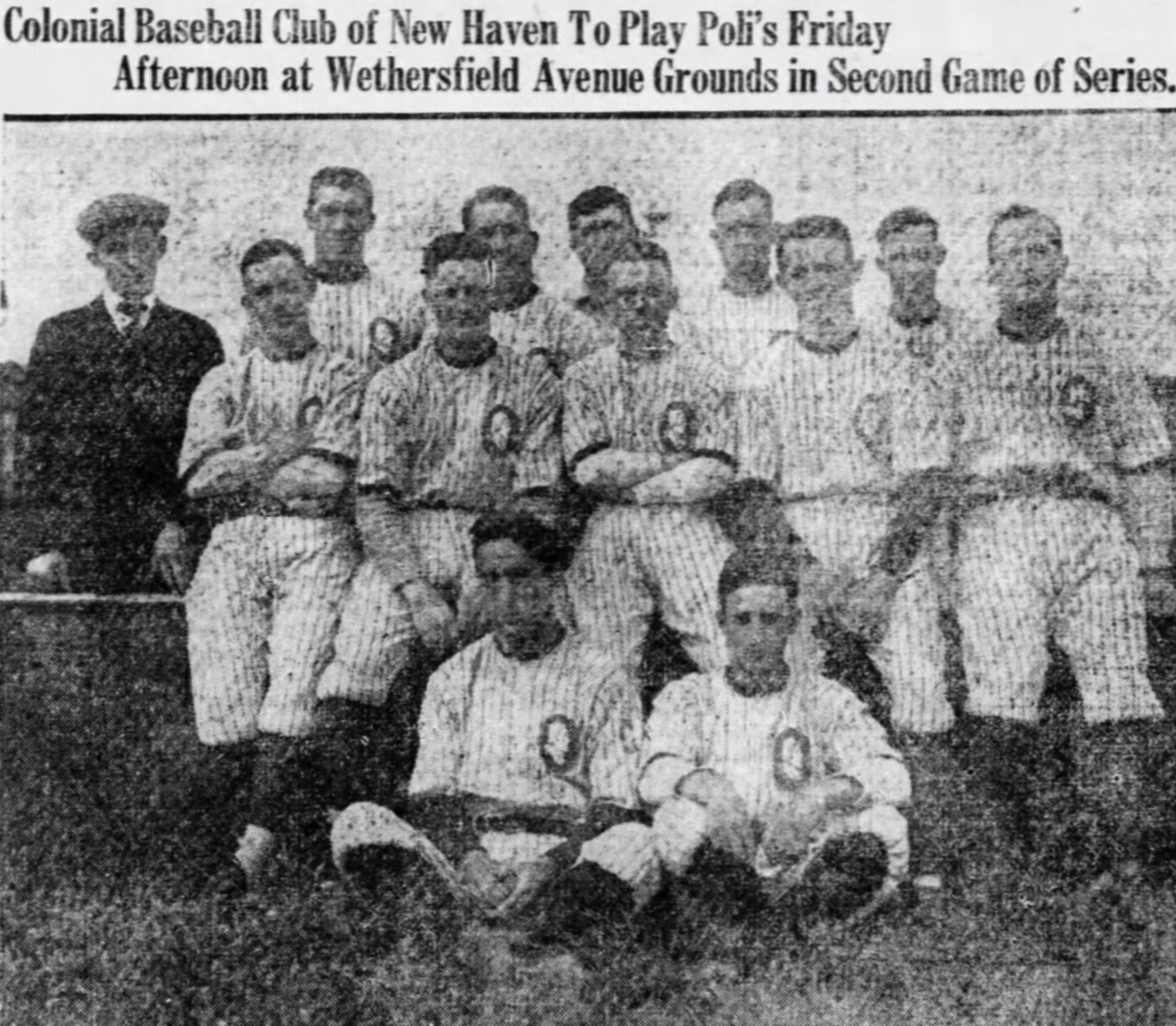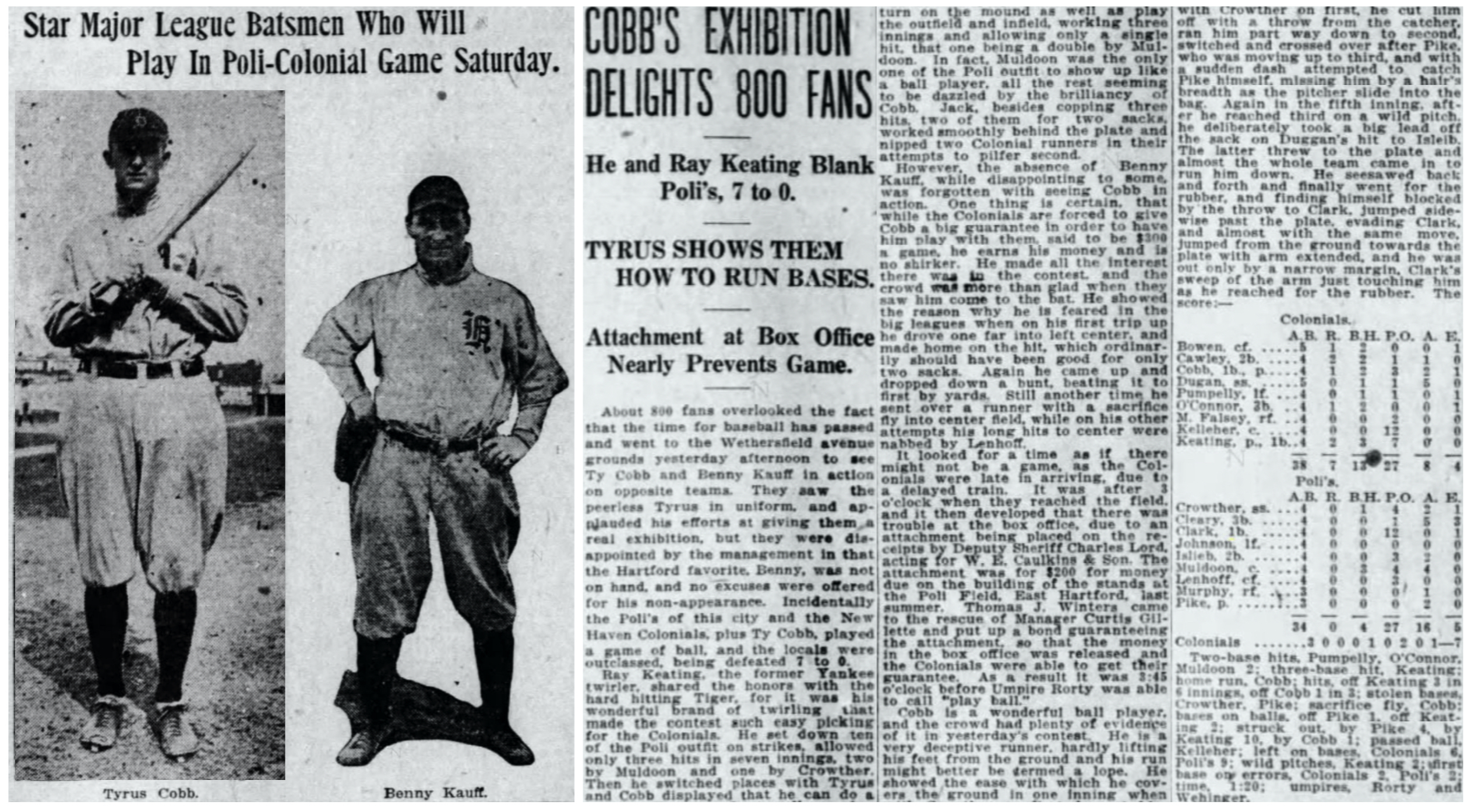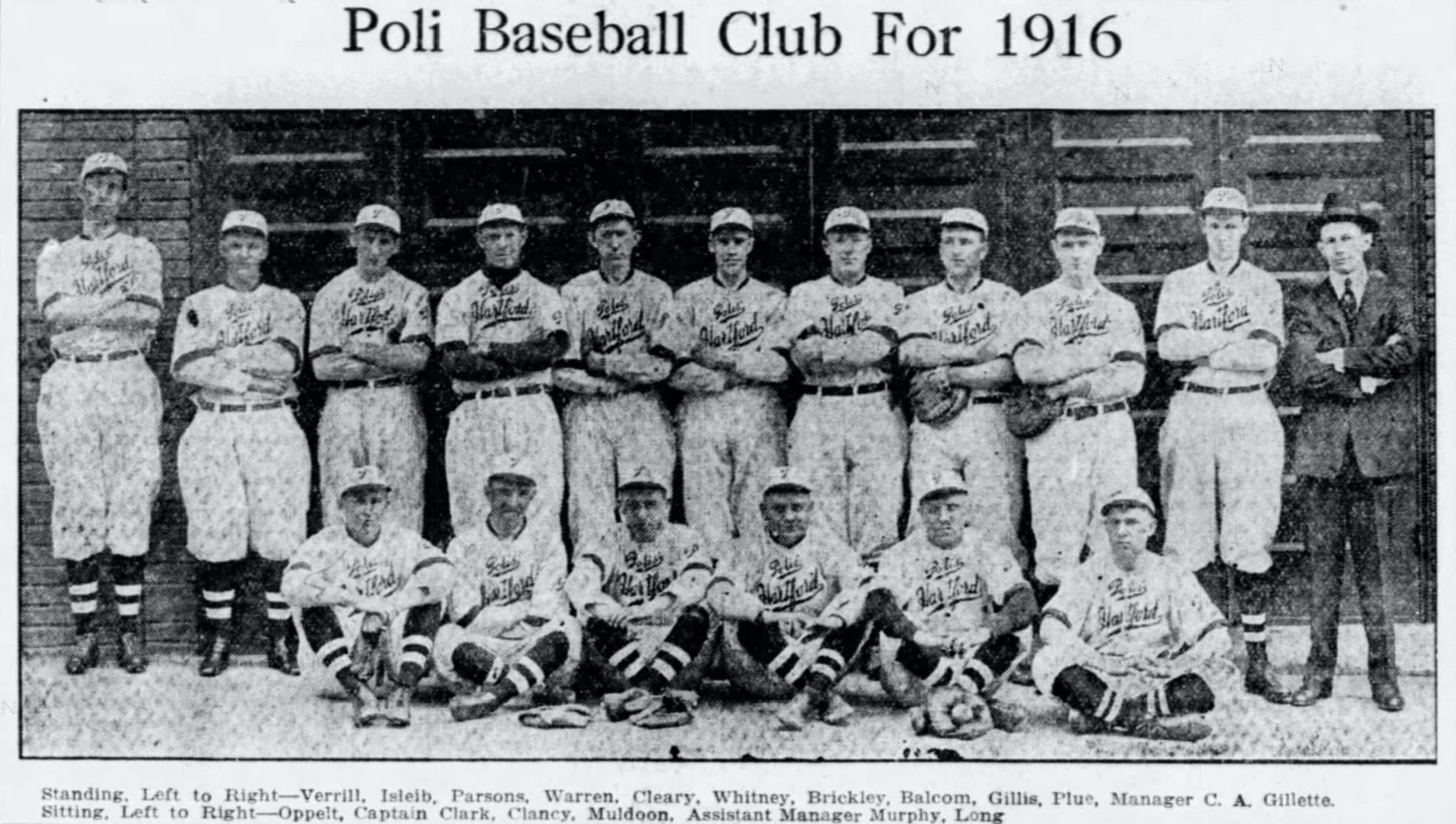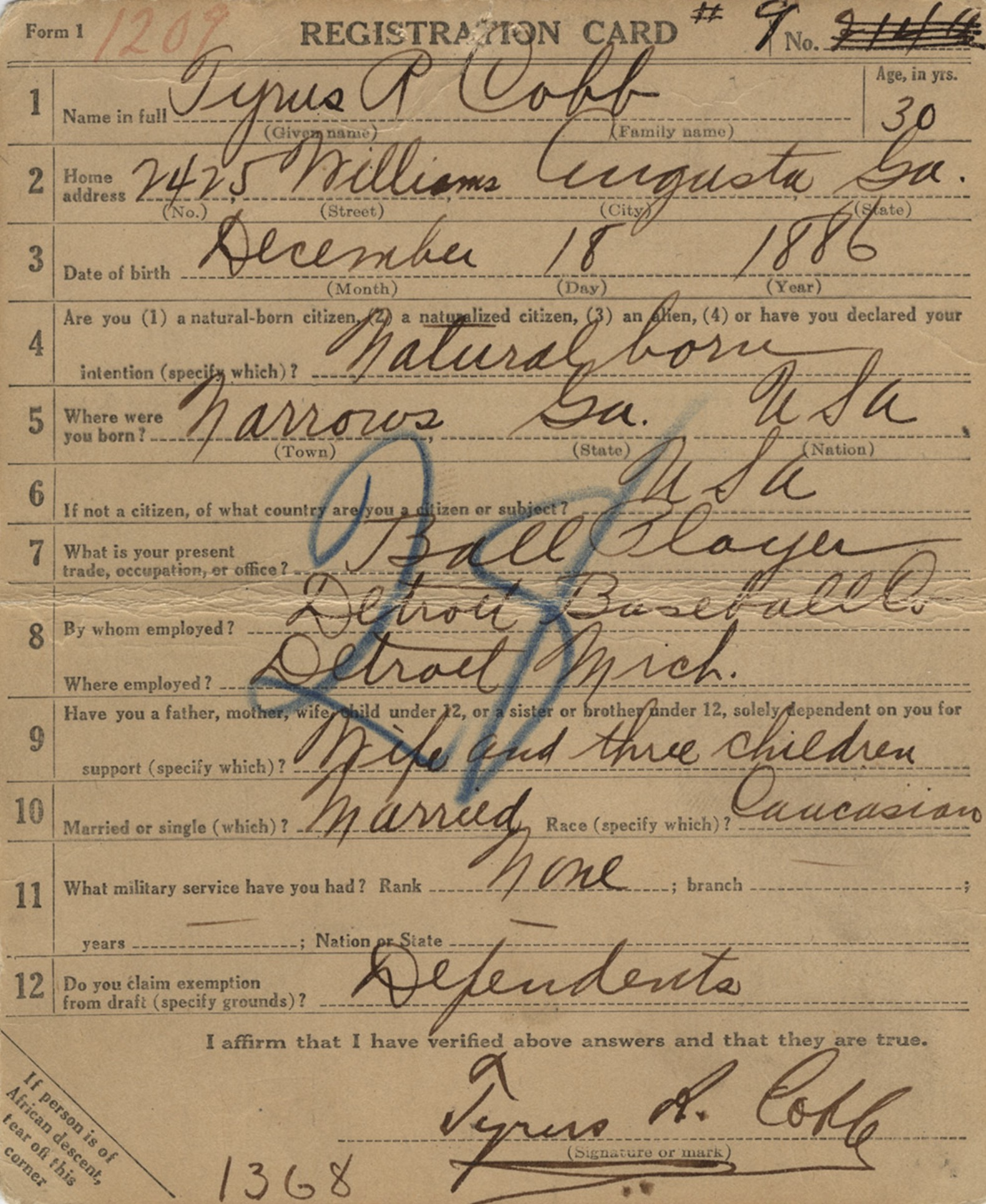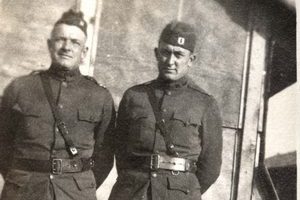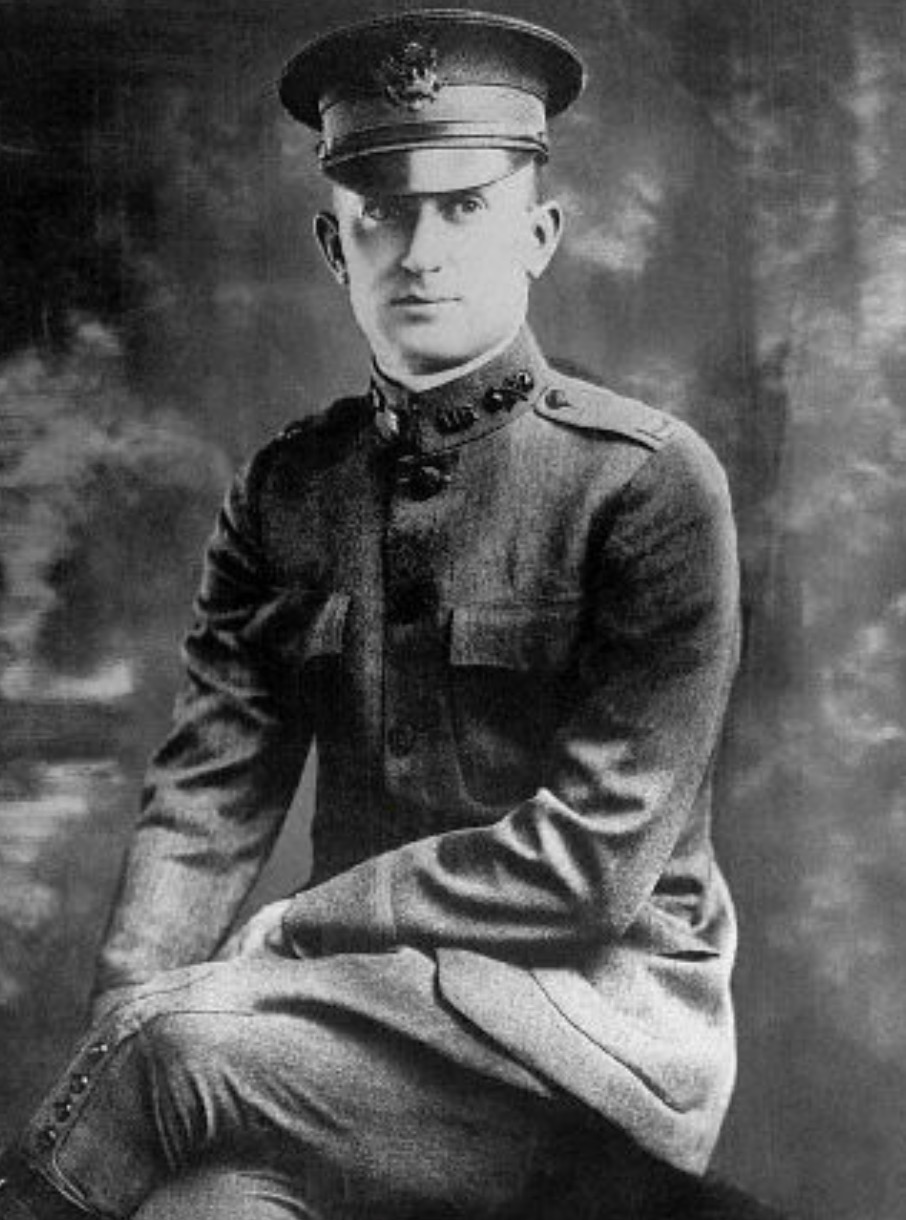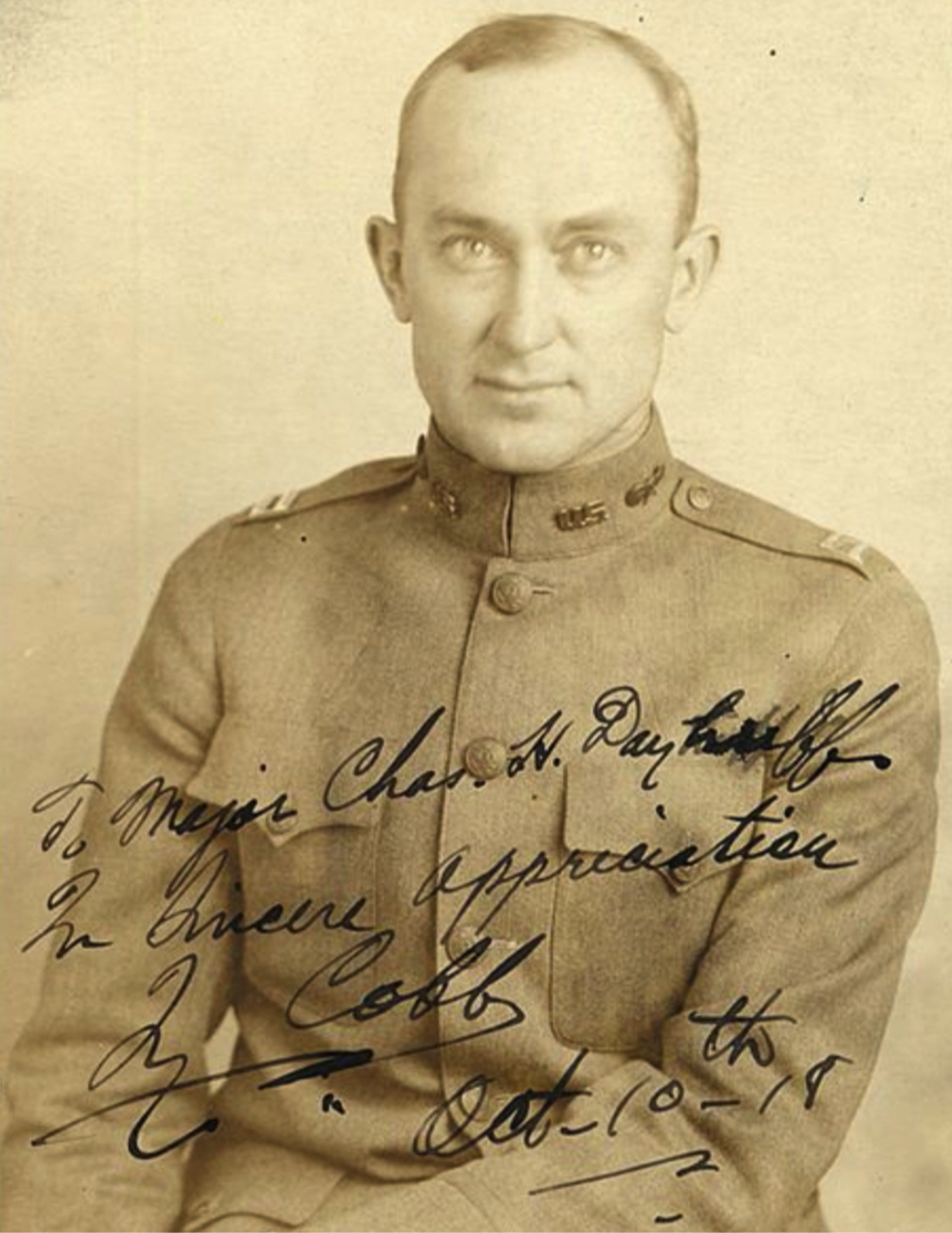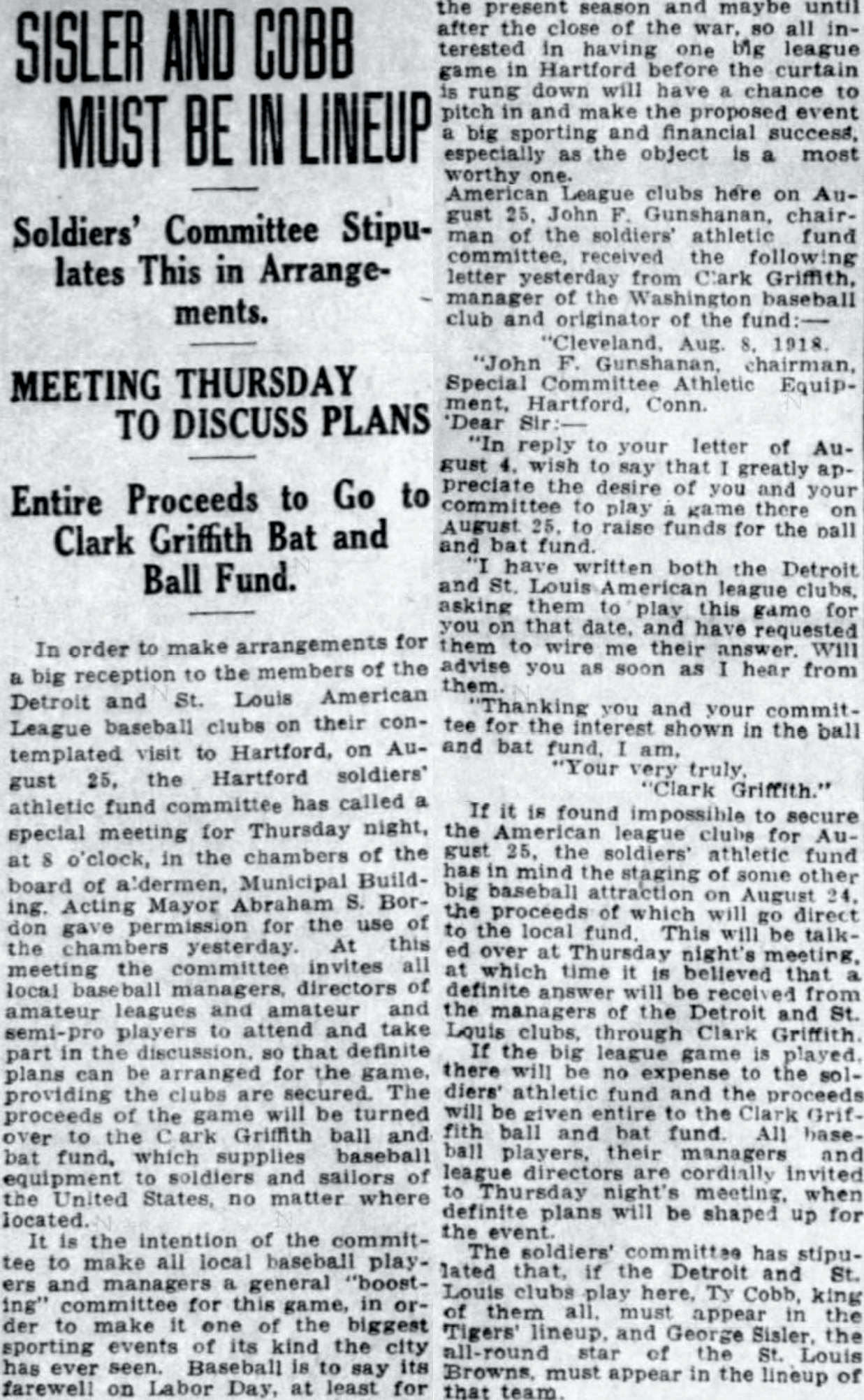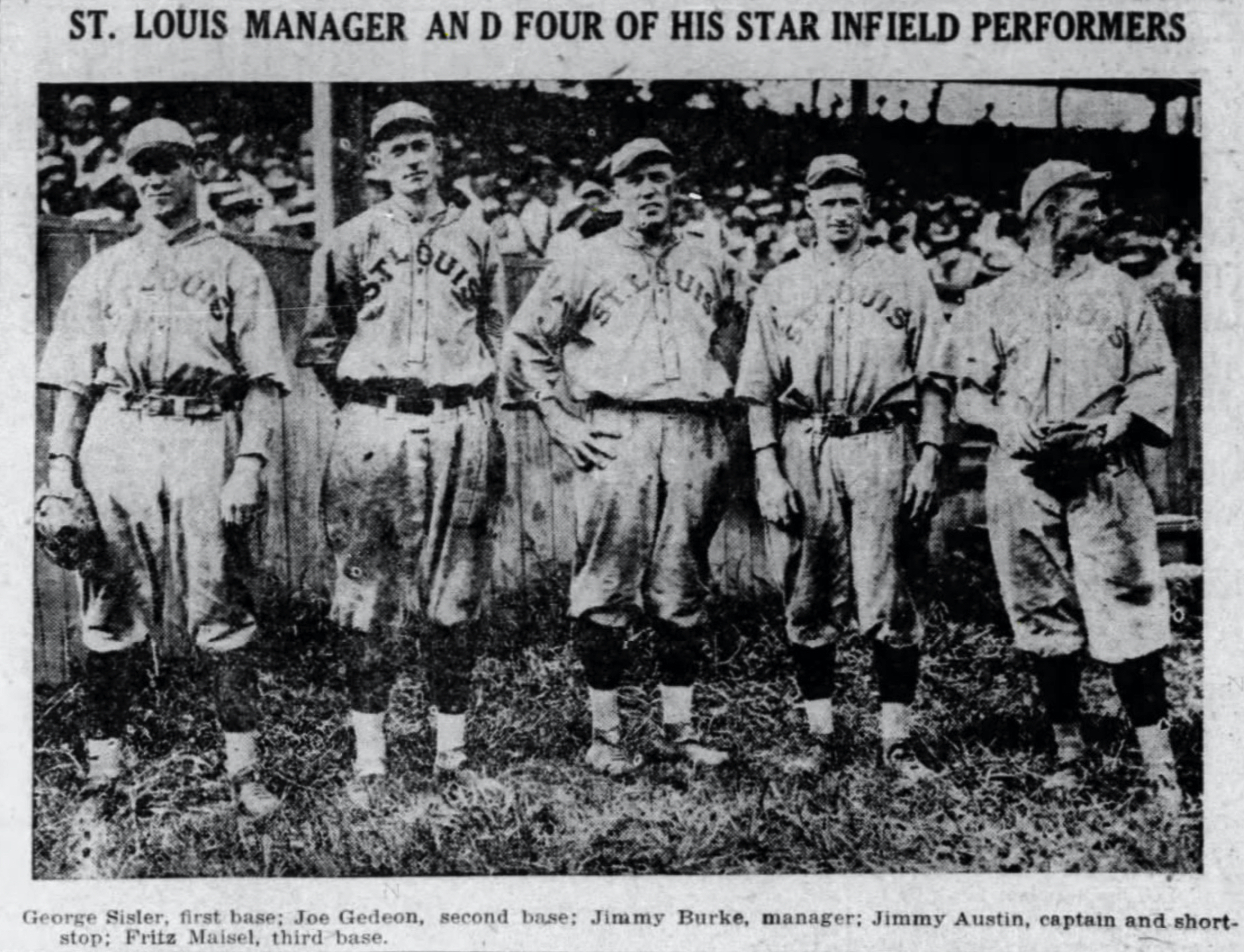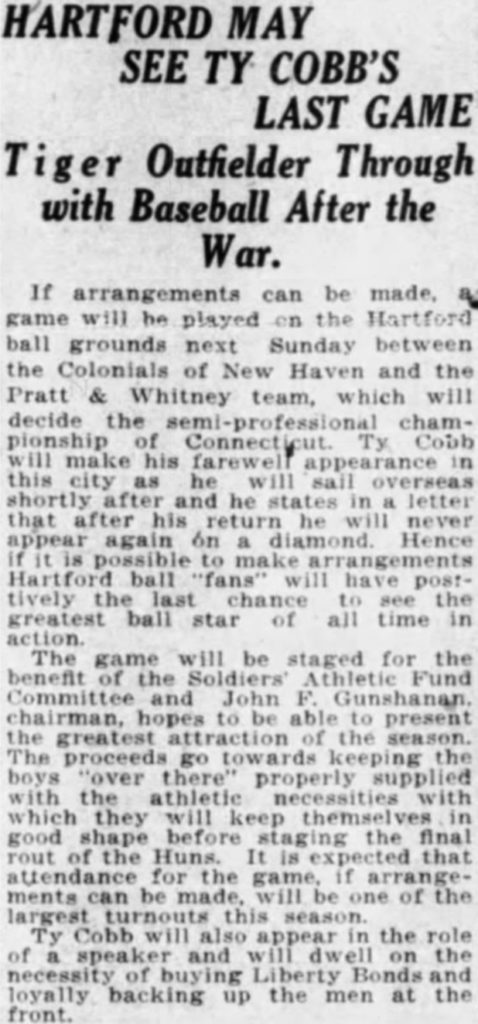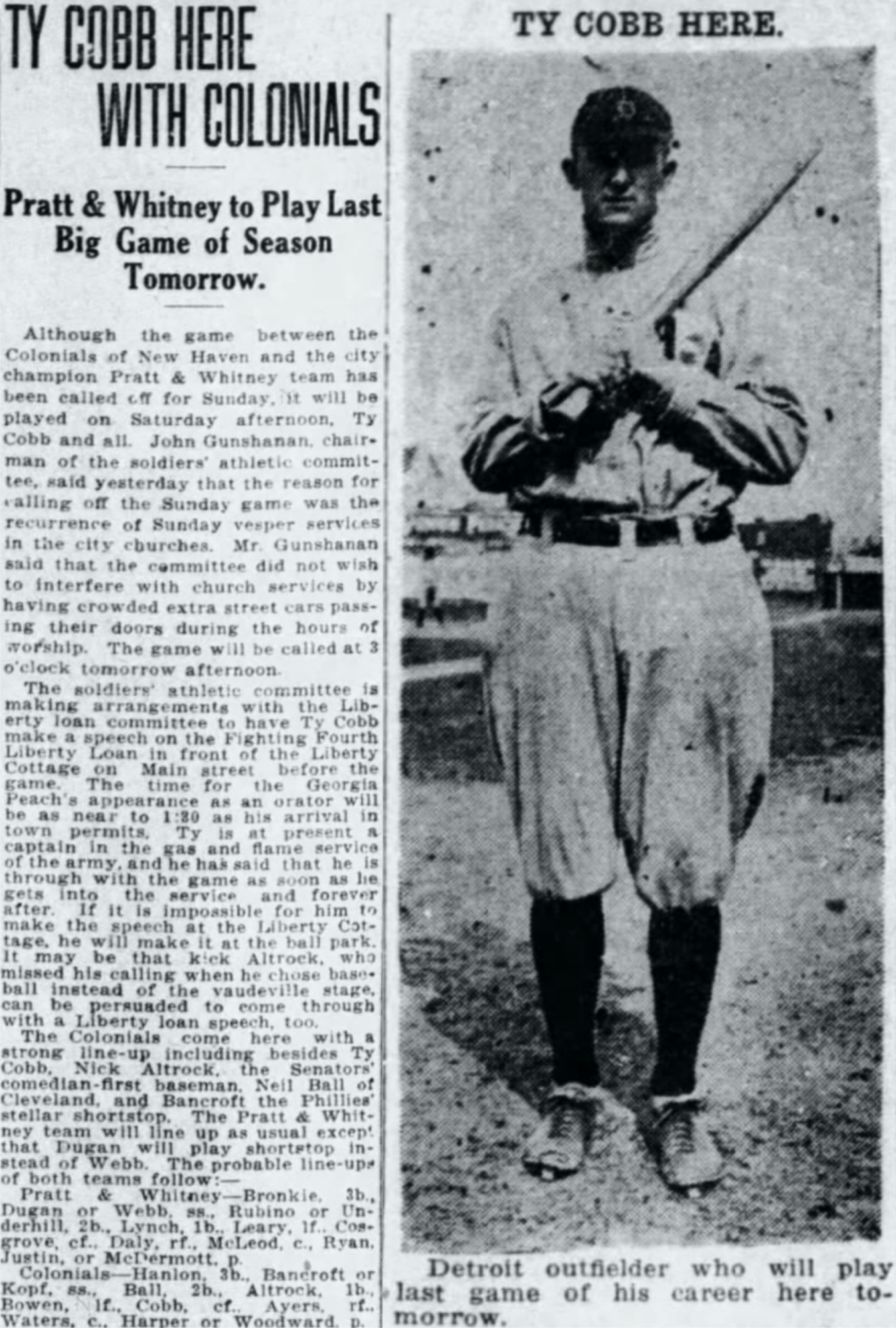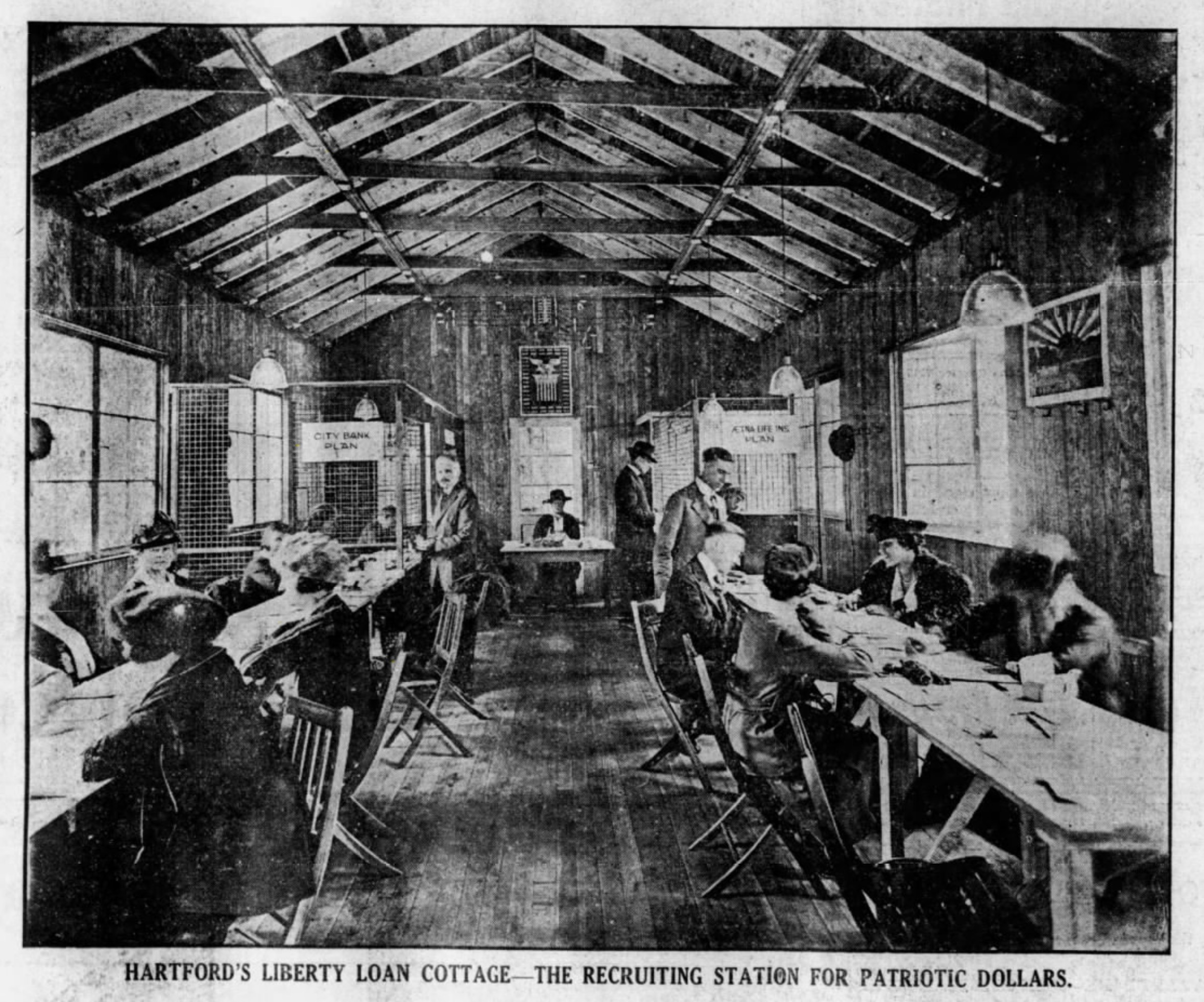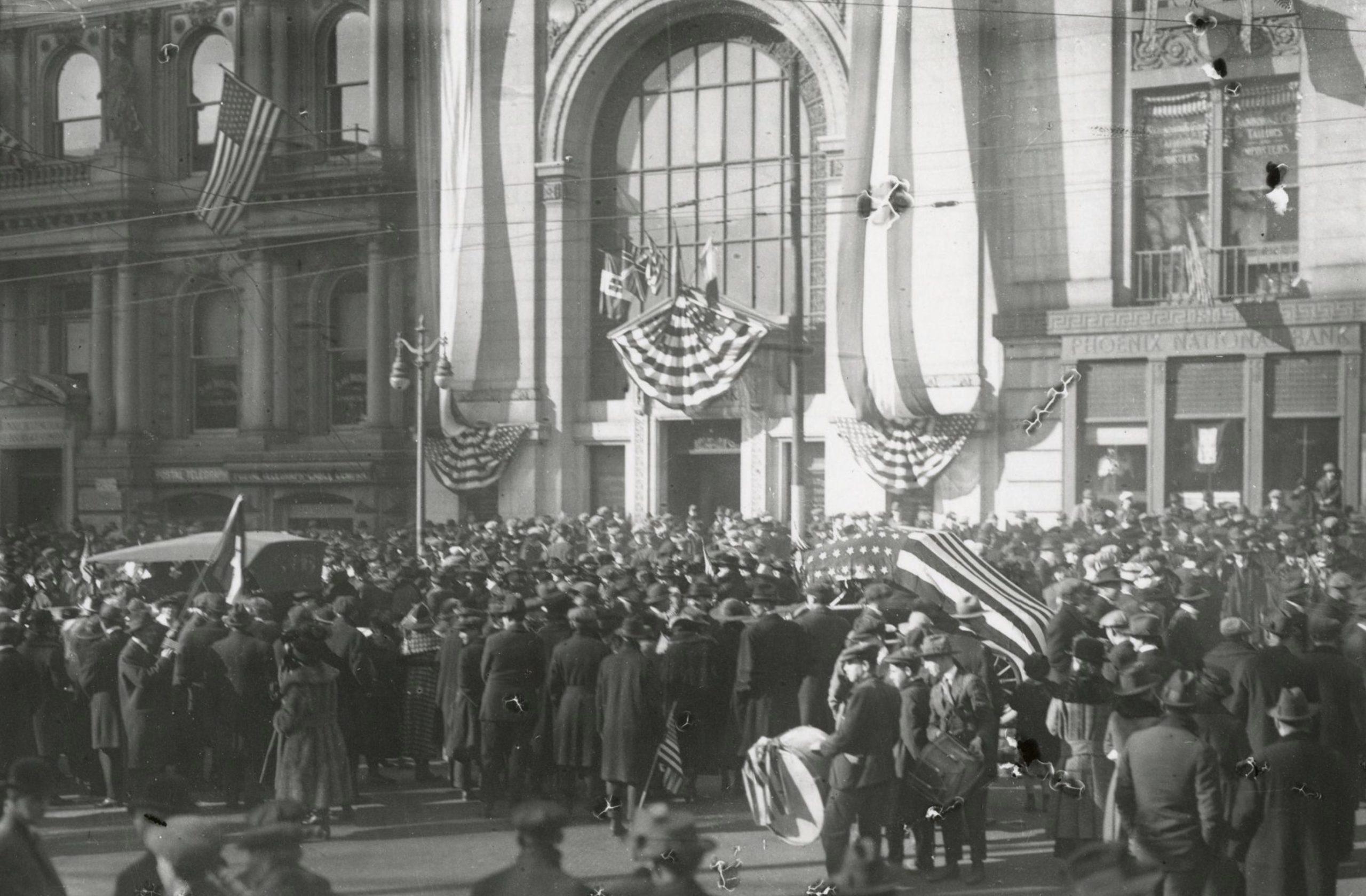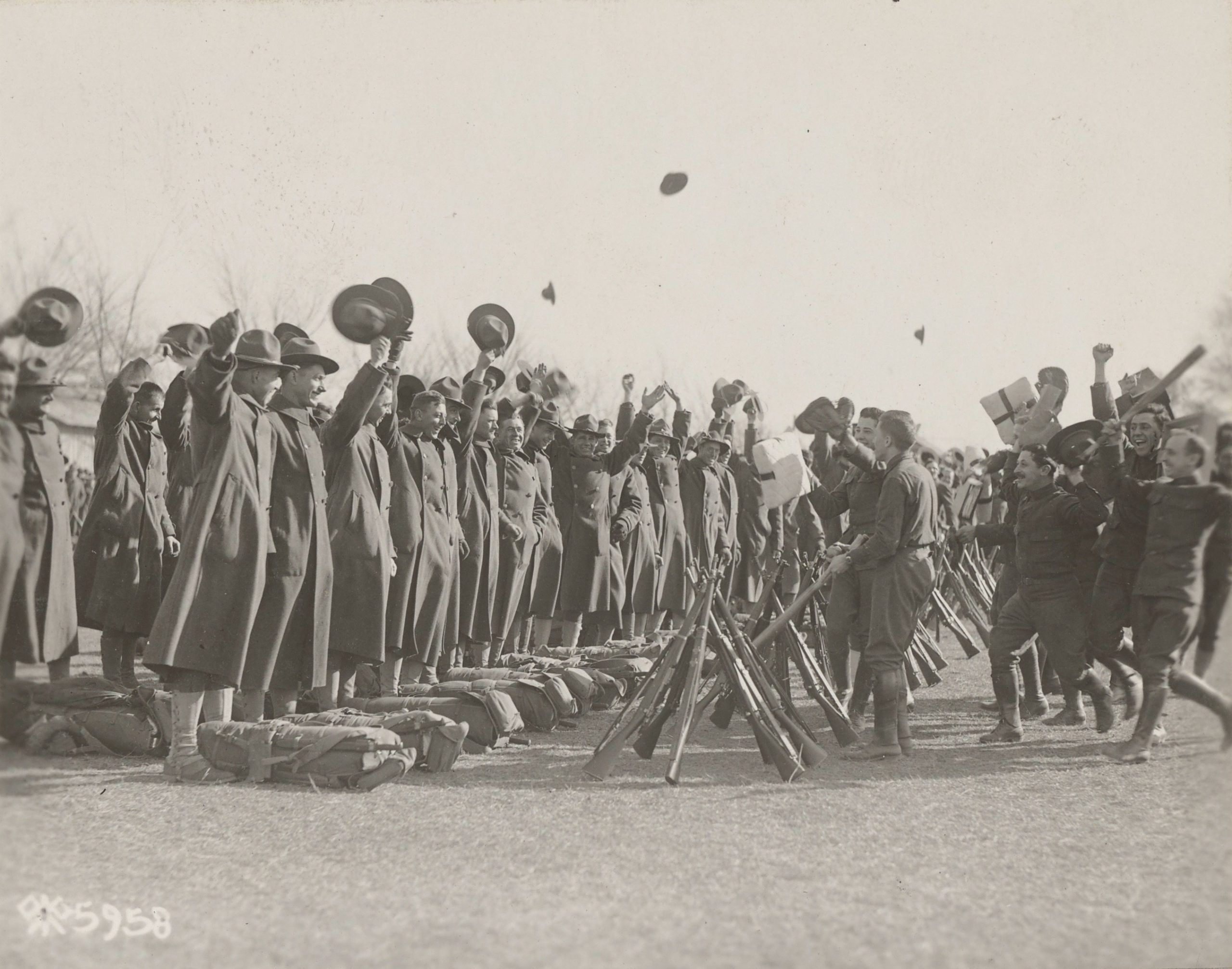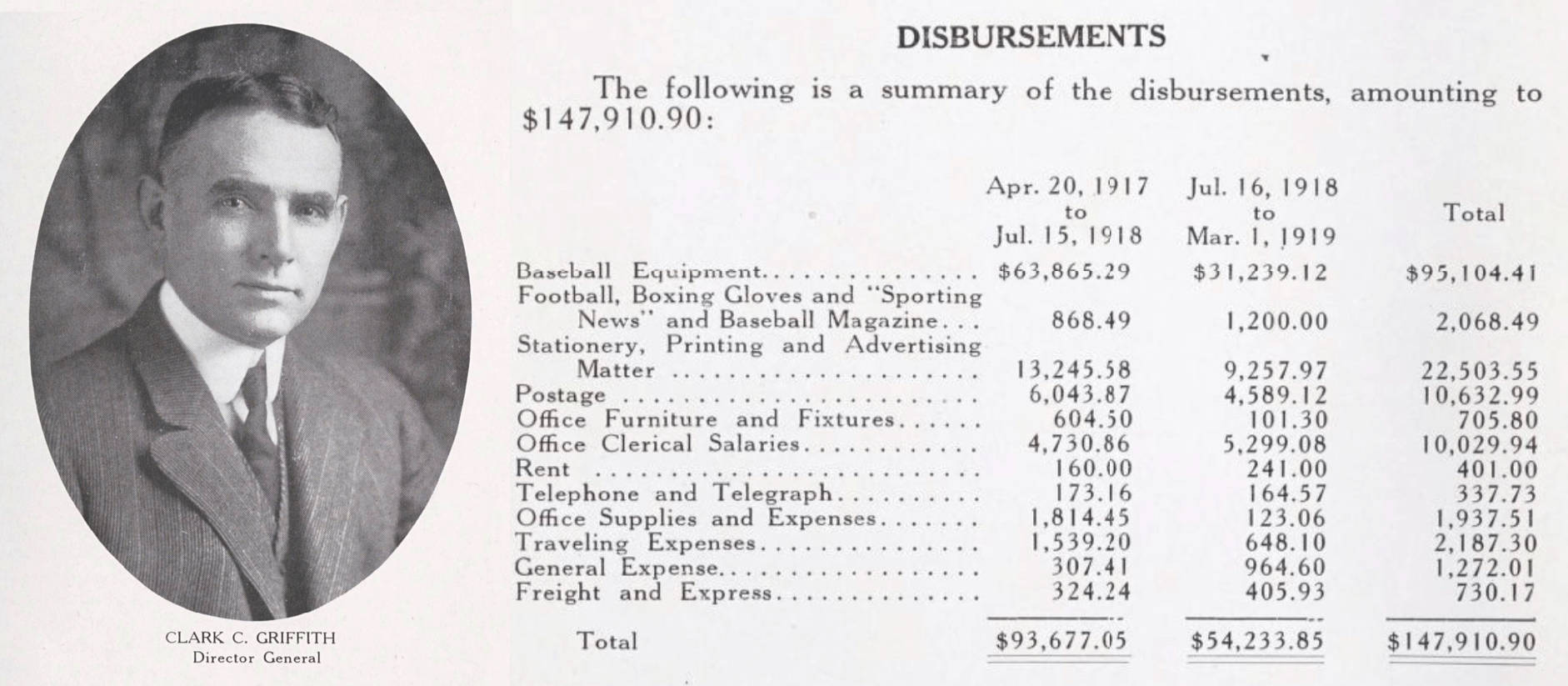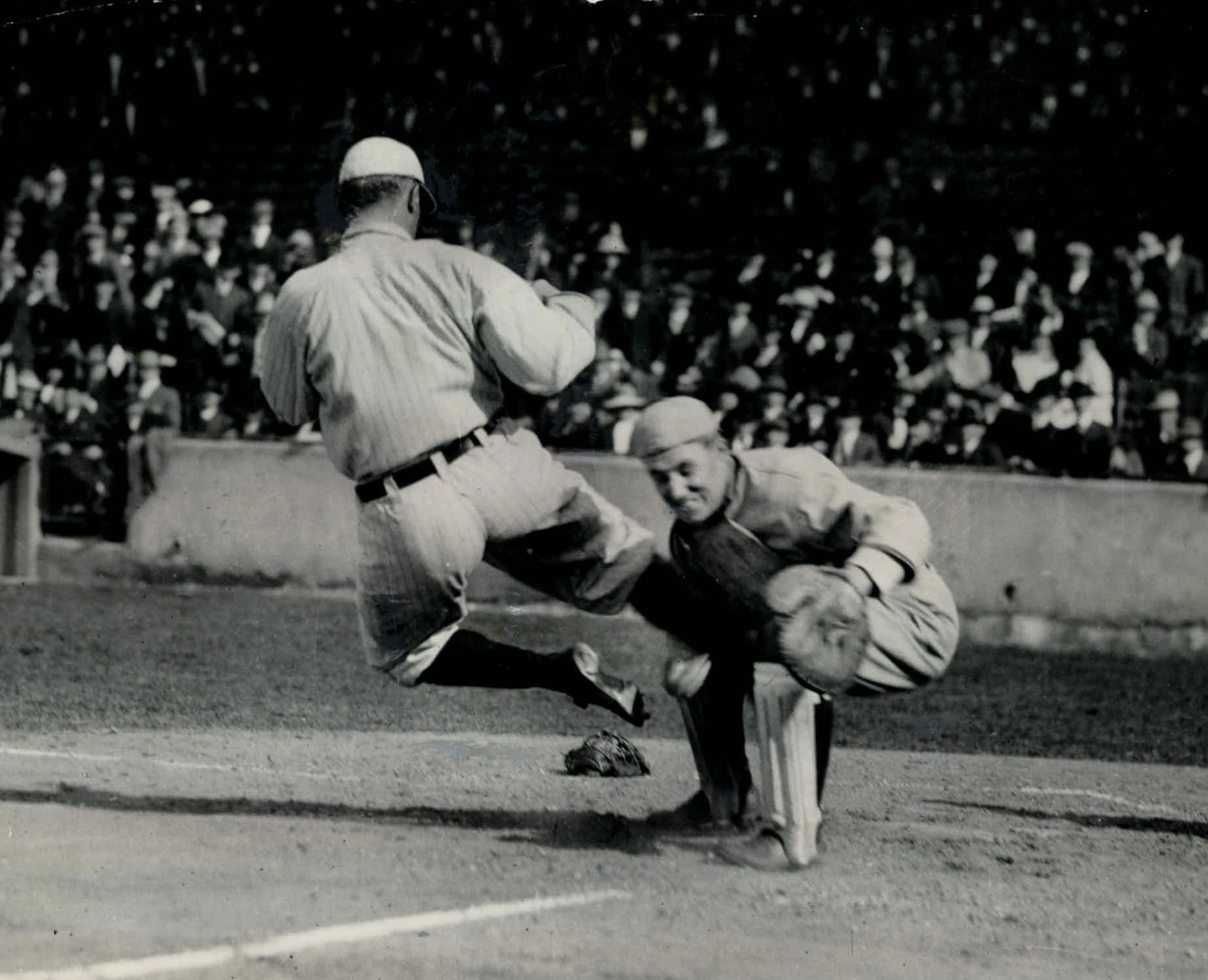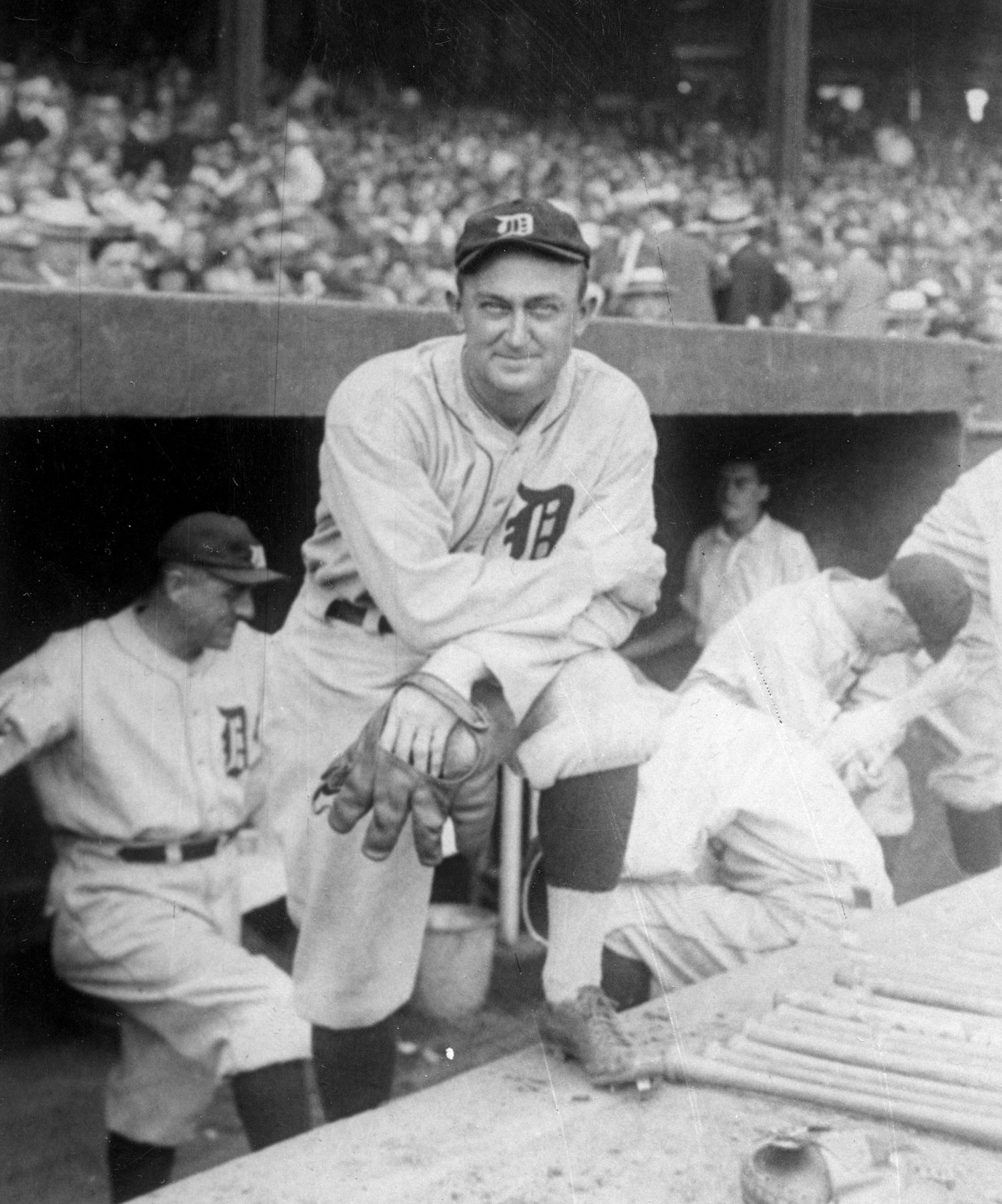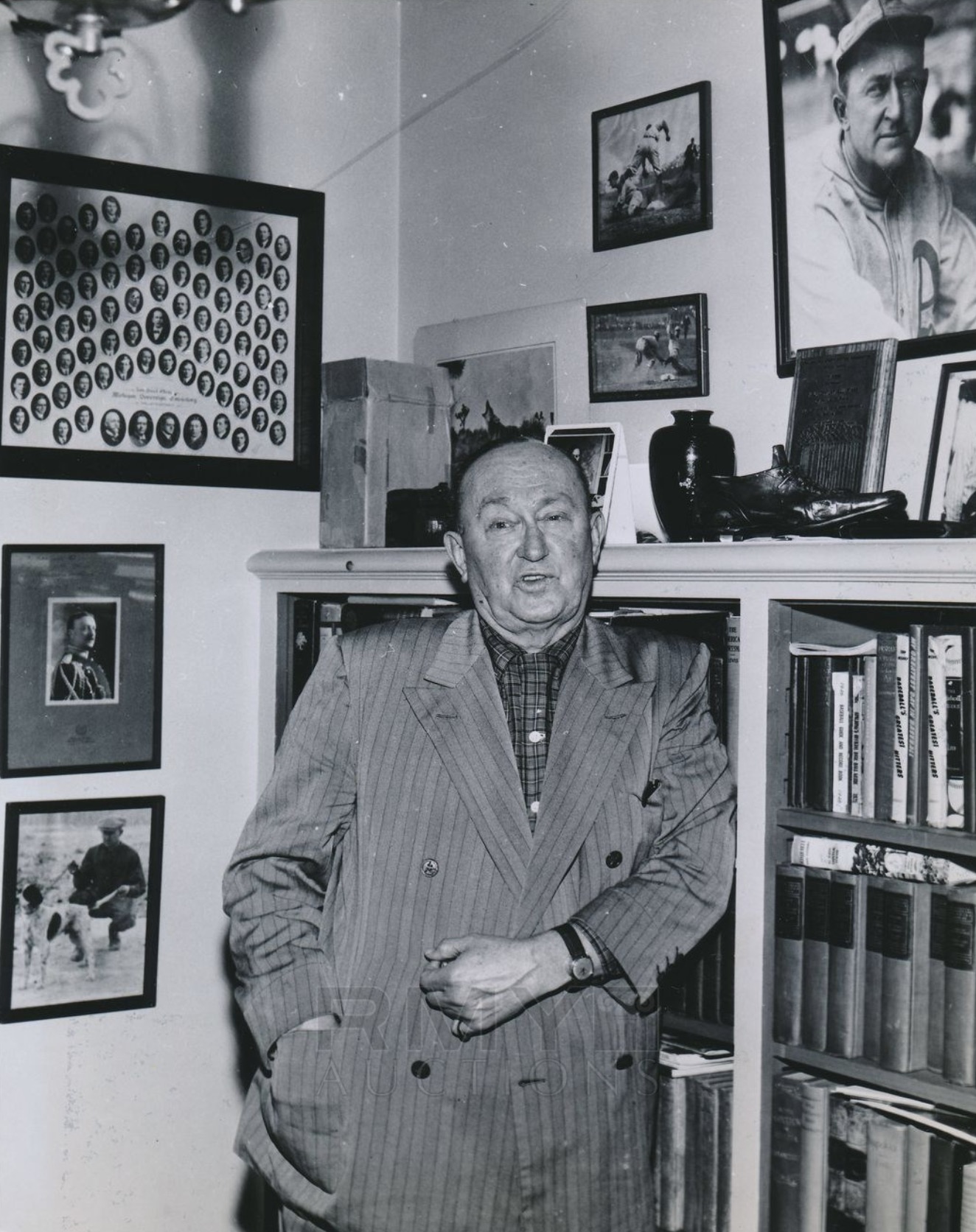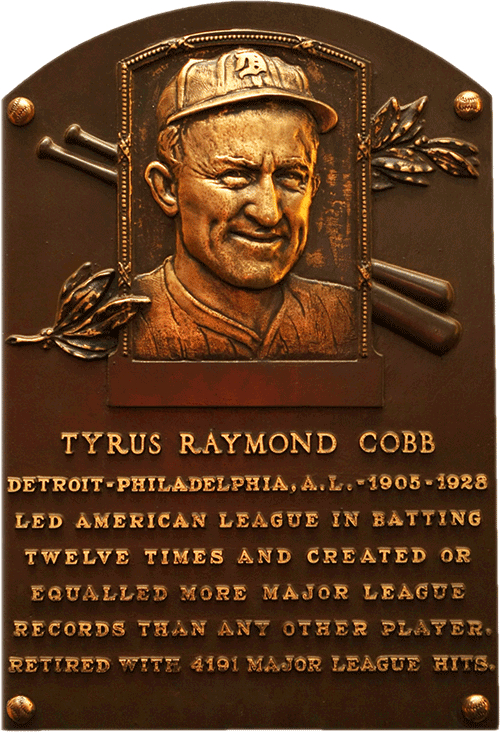Before becoming one of the game’s greatest sluggers, Hank Greenberg began his professional career in Hartford, Connecticut. As a youngster, Greenberg attended James Monroe High School in The Bronx, New York, where he was an outstanding athlete in baseball, basketball, and soccer. At 19 years old he dropped out of New York University to sign a $9,000 contract with the Detroit Tigers. The Tigers placed him on their Class-A affiliate, the Hartford Senators of the Eastern League. Greenberg appeared in 17 games for the Senators in the spring of 1930.

The two-time American League MVP and two-time World Series champion did not perform like an all-star in his first few professional appearances. He was a scrawny and inexperienced version of the player who later became “Hammerin’ Hank.” Greenberg cut his teeth with Hartford while in search of his persona as a right-handed power-hitter. He was the youngest player on a less than mediocre team.

His Hartford teammates and his manager called him by the nickname “Bruggy.” Greenberg’s first skipper was Lore “King” Bader, a former big league spitballer known for his love of cards. Hartford’s top hitter was John “Bunny” Roser, a local first baseman and a former major leaguer who hit .322 on the 1930 season. King Bader opted to use Roser over Greenberg and after a few weeks, Greenberg was demoted to the Class-C Raleigh Capitals of the Piedmont League.

Following a 35-44 win-loss record, Hartford folded on June 30, 1930, citing financial ruin. Bad baseball and austerity brought on by the Great Depression ended Hartford’s season early. The Eastern League was reduced to four clubs, but Greenberg went on to bigger and better things. He hit .314 for Raleigh of the Carolina League that summer. Then on September 14, 1930, Greenberg made his major league debut as a pinch hitter against the New York Yankees.

What about the rest of the Greenberg story? Well, he attracted national attention during the 1934 pennant race when he decided not to play on the Jewish holy day of Yom Kippur. He was the first Jewish superstar in American sports. While enduring anti-semitic remarks and gestures, he prevailed over prejudice with a .314 lifetime batting average and 331 major league home runs. His seventeen years in professional baseball were limited by the events of World War II, when served in both the United States Army and the Army Air Corps.

On his return to a baseball in 1945, Greenberg and the Tigers claimed another World Series victory. Then in 1947, his final year, Greenberg was one of few opposing players to publicly welcome Jackie Robinson to the major leagues. Hank “The Hebrew Hammer” Greenberg was elected to the National Baseball Hall of Fame in 1956. He is one of three Jewish players to be inducted (in addition to Sandy Koufax and Lou Boudrou).
Sources:
1. Hartford Courant database on Newspapers.com
2. SABR article on Hank Greenberg by Scott Ferkovich


